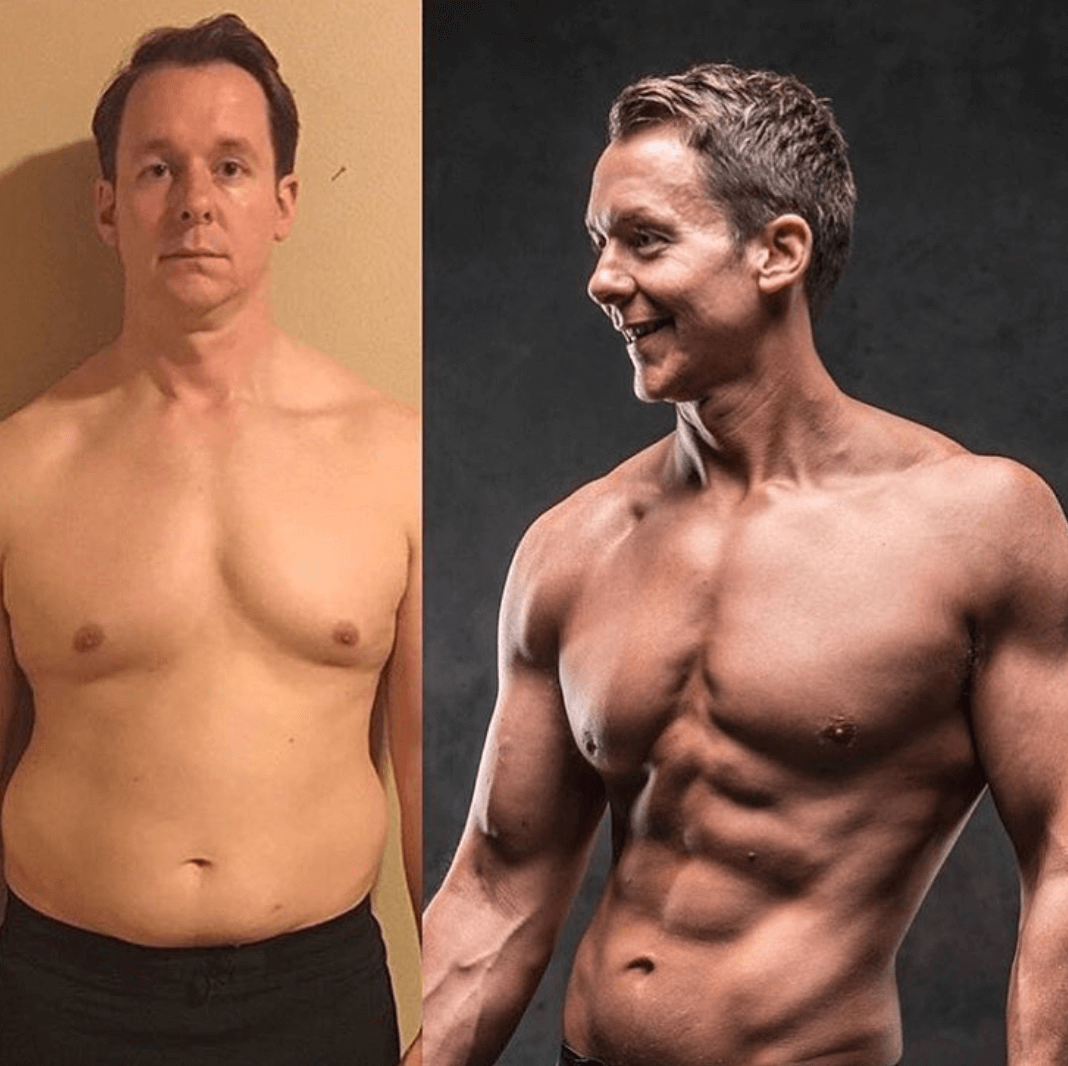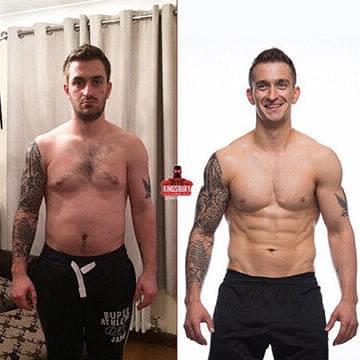What’s In A Name!
I spend most of my working days in the gym. No surprise there I guess, but looking back, I must have spent most of my adult life in one gym or another. I’ve been a personal trainer for over 12 years now and I’ve been specialising in the online side of training for the last 5.
Health and fitness, like most industries, has its own language. For the average gym goer, they might not come across the various phrases or terminology that a more experienced user may hear. When I’m working with clients, it’s important for them to know what I’m talking about, but I’m conscious that sometimes phrases I consider to be second-nature, may go right over their head.
I’m also aware that, as human beings, we sometimes like to think we know things, even if we don’t. We’re not always going to ask for fear of embarrassment, so let’s tackle that head on!
Here, I’m going to explain some of those terms you might come across during the course of your workouts and what they mean. You might learn something new, or you might even find a new training routine that will help you achieve even more.
H.I.I.T. Cardio
H.I.I.T. stands for High Intensity Interval Training and is currently, I believe, the best process to perform for maximum fat loss.
As the name suggests, it involves cardiovascular training done at a near 100% intensity with rest periods functioning at around 50%. It’s worth noting that H.I.I.T is different from H.I.T. (High Intensity Training), which doesn’t include rest periods.
Because of the inclusion of rest periods, albeit short ones, H.I.I.T. can be done for longer periods of time. Whilst training, you will have periods of elevated heart rates, followed by a drop in heart rate during rest. I say ‘rest’, but don’t think you’ll be sitting around doing nothing!
It’s true that some H.I.I.T. cardio programs do advocate a 0% intensity rest period, but I would always advise you move around, even at a slower pace when you’re resting.
Both H.I.T. and H.I.I.T. are more likely to be anaerobic in nature, assuming the intensity is high enough. We’re going to cover the differences between anaerobic and aerobic exercises later in this post.
L.I.S.S. Cardio
So now we’ve covered high intensity training, let’s look at the other end of the scale. L.I.S.S. stands for Low Intensity Steady State and is another popular way of losing fat, but at a much less intense state. Just because it’s low intensity, don’t think that it’s easy.
L.I.S.S. still deals with cardio exercises, but ones that are performed over longer durations, up to an hour or more, at low intensity. This could be a brisk walk on the treadmill or a slow pedal on the exercise bike. L.I.S.S. works by getting your heart rate into a targeting ‘fat loss’ range and then keeping it there. L.I.S.S. training is more aerobic in nature, as the intensity is low, but again we’ll talk about this in more detail in the next section.
In fitness circles, there is still a fair amount of debate over whether L.I.S.S. or H.I.I.T. is better for fat loss. There’s anecdotal evidence that shows they both work well, each with scientific journals to back up their claims. Which one do I think is better? To be honest, I don’t really think it matters. If it’s a choice between doing either one or nothing, then obviously it’s better to do something. I guess, like most things, it comes down to personal choice.
If time is a factor, then H.I.I.T. means you’ll spend less time in the gym, but if you’re one of those crazy people who actually likes cardio, then L.I.S.S. is probably the way to go as it’s less intense.
Anaerobic vs Aerobic
Whilst we’re on the topic of one type of exercise vs another, let’s look at one of the biggest. The best way to describe the difference between anaerobic versus aerobic is to look closer at the intensity and total stress they place on the muscles of the body.
Anaerobic exercises include movements like sprints or weightlifting, exercises that require more intensity, but over a short period of time. The energy the body needs to carry out these movements depends on both the intensity and the length of the exercise it’s being asked to do.
Any anaerobic activities you do have a higher immediate demand for energy and will use other methods, aside from oxygen, to generate and burn fuel. Think of an anaerobic exercise as a V8 motor engine. It might produce a lot of power and you can certainly drive it hard, but you can’t do it for long and it will burn through your fuel tank very quickly.
Aerobic exercises, on the other hand, are typically lower in intensity and don’t put too much of an immediate strain on the muscles, at least in the short term. This would be exercises like long-distance running or cycling. These kind of activities use oxygen as part of the process to generate the energy the body needs. This means that the muscles can conserve fuel and therefore last a little longer.

Whilst we’re on the car engine analogy, think of aerobic exercises as a hybrid engine. If you want to drive it harder, you can use the petrol side, but if you want to go more sedately, then you can cruise along for longer periods, once you get up to speed.
What This All Means For Your Training?
I hope I’ve managed to clear up any confusion or misinformation about these types of training. I also hope you’ve learned something. Everyday’s a school day after all!
As you’ve seen, H.I.I.T. helps to spike your metabolism and create a long-lasting fat burning environment. It requires recovery and that will have a knock on effect for your weight training.
L.I.S.S. is low impact and can even be used as active recovery. Using them in combination will result in the best fat loss and fitness. It’s important to select when to do each activity, depending on your own plan, weight-training schedule and personal goals.
Whether you’re already working out using one of these methods or not, I hope I’ve shown that using a combination of LISS and HIIT will bring the best results, but that’s not to discredit the others. Whatever works for you, is all good.










